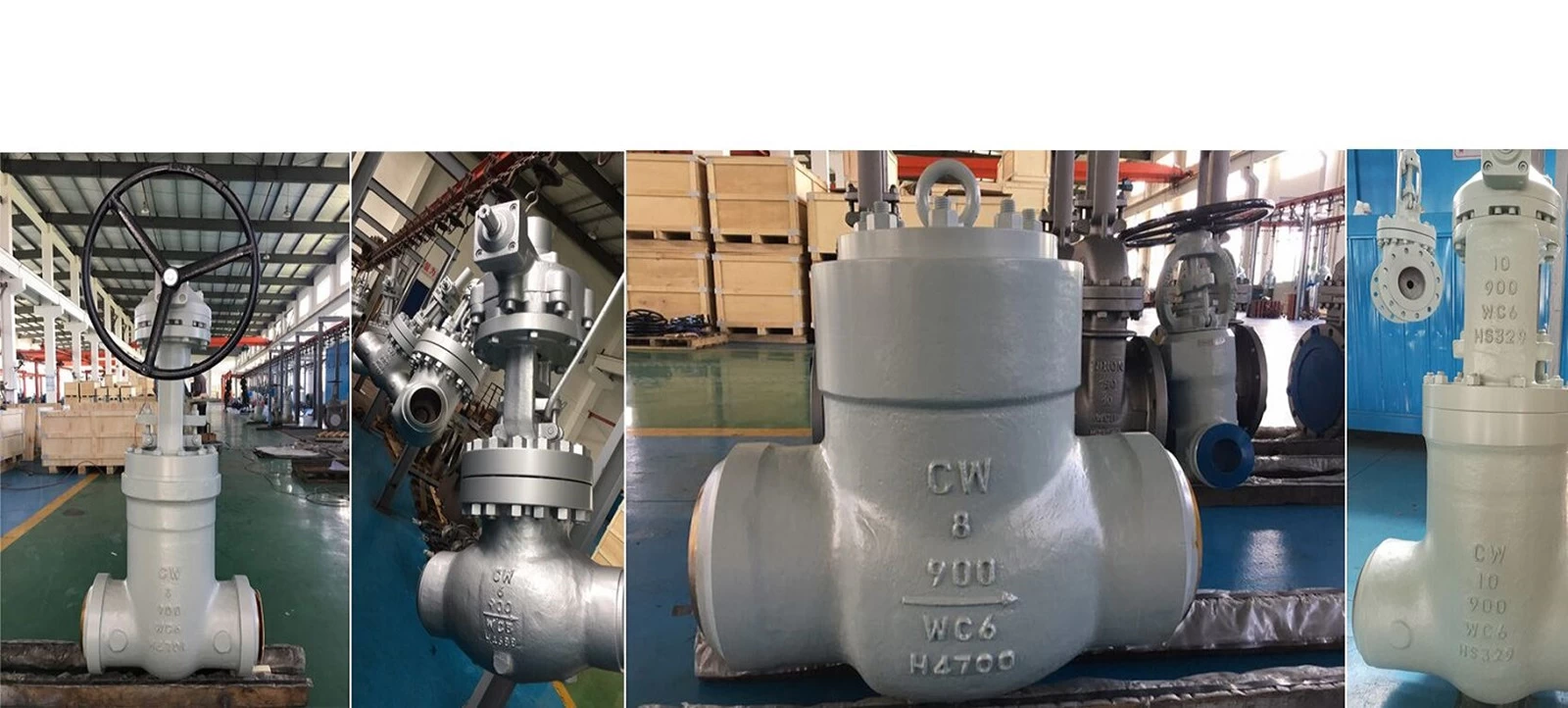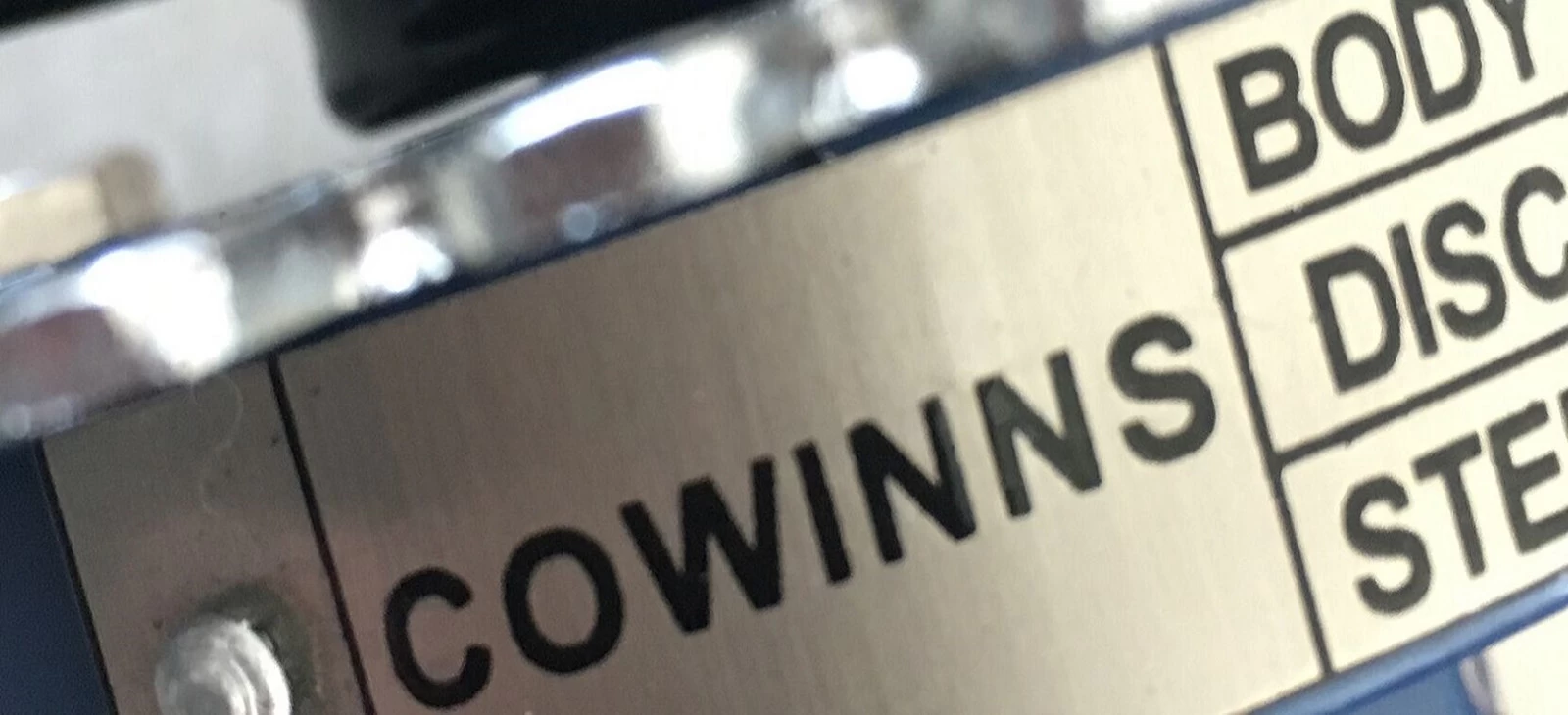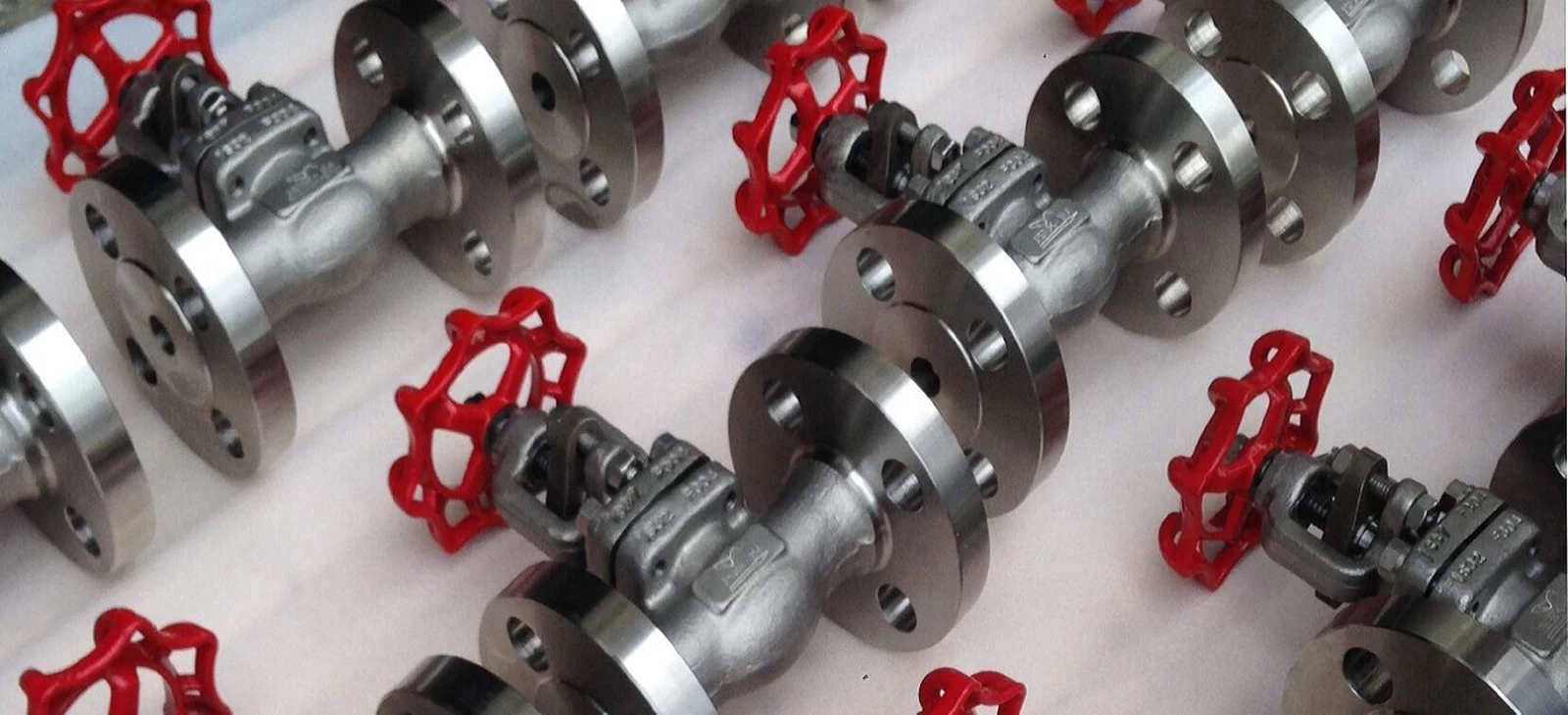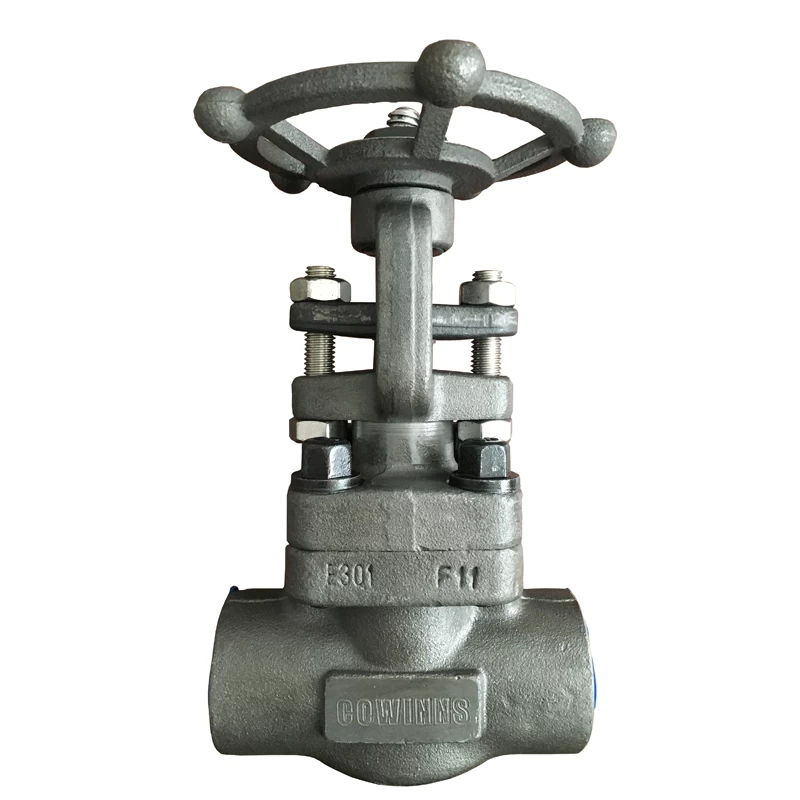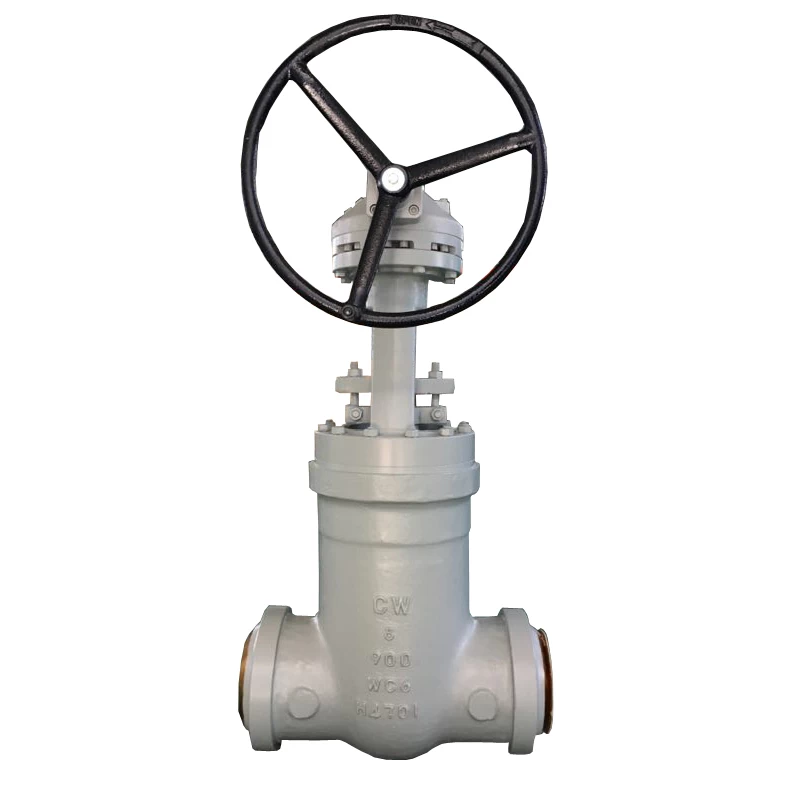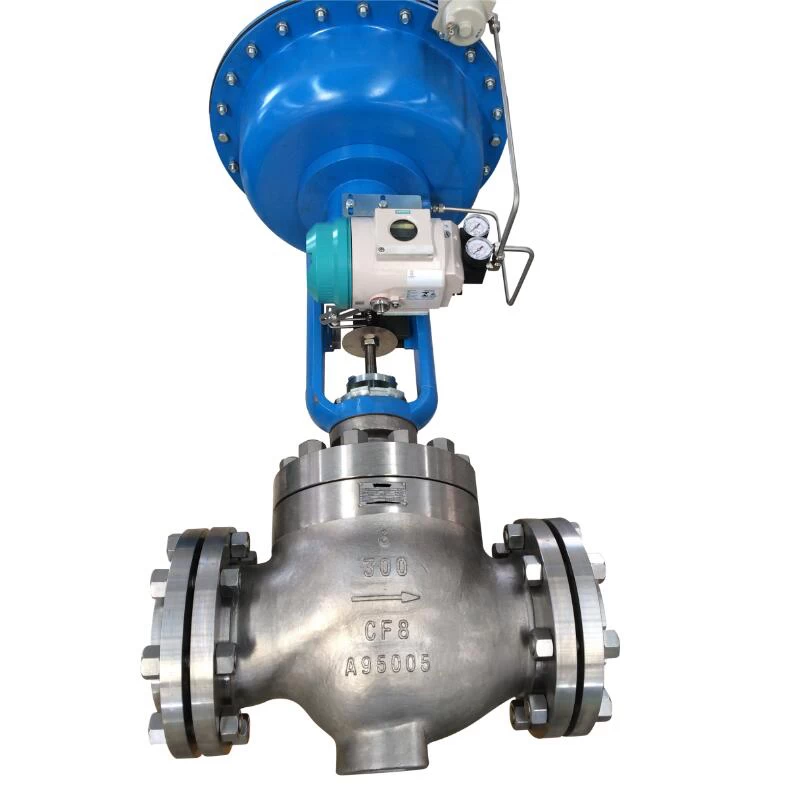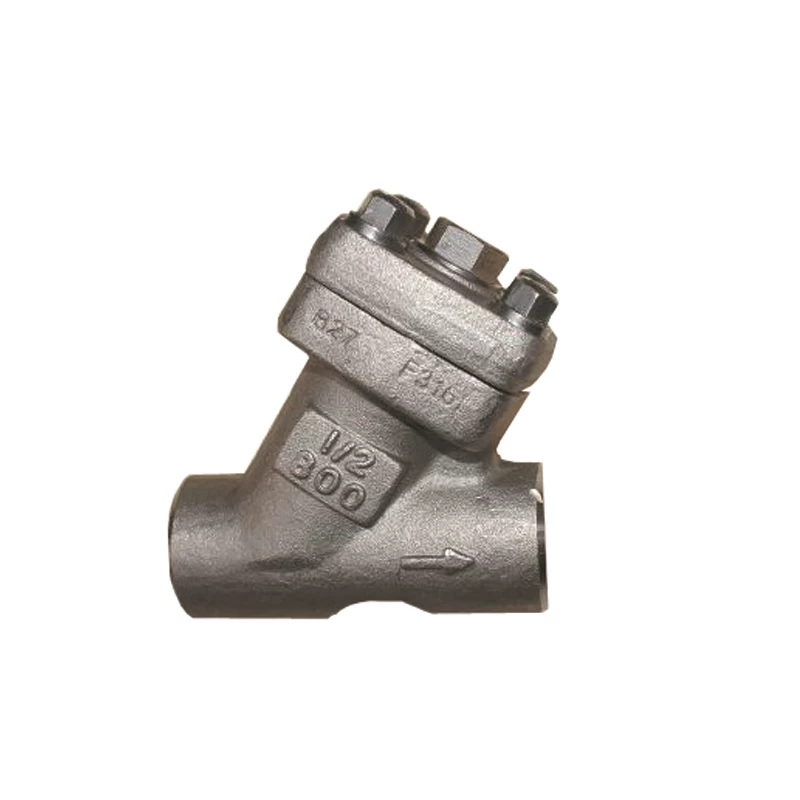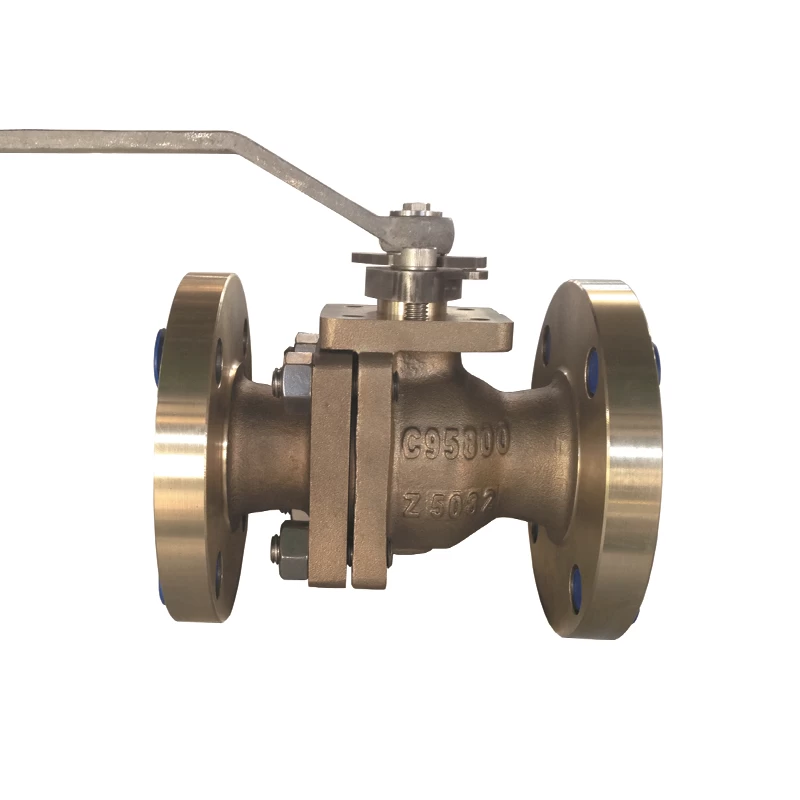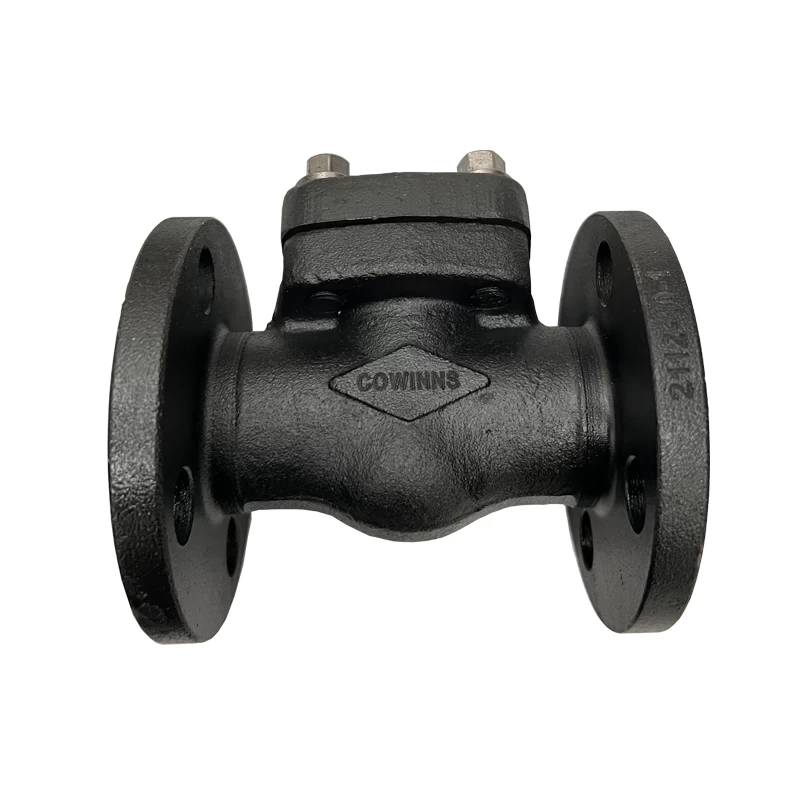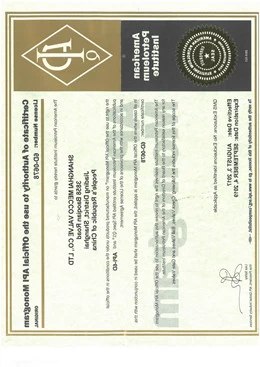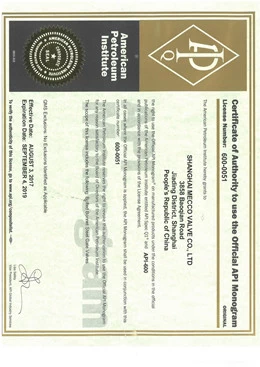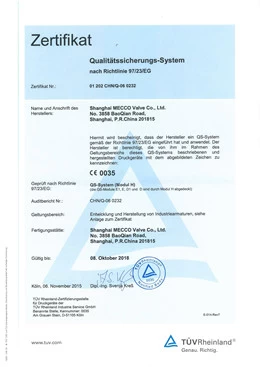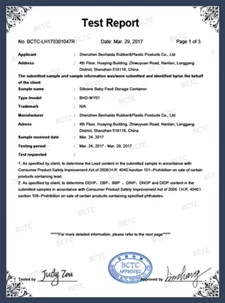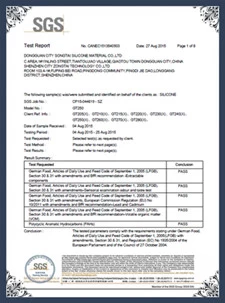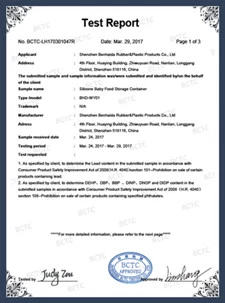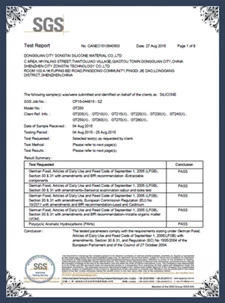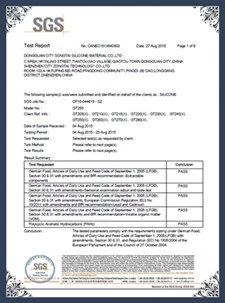Refining industry process
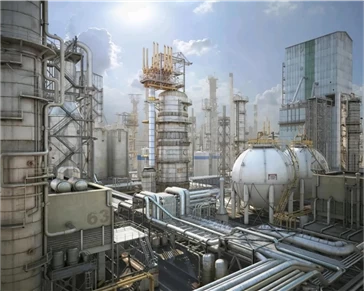
The basic way of crude oil refining is generally two steps. In the first step, the crude oil is divided into different straight-run distillates according to the boiling point requirements of different products, and then according to the product quality standards, the non-ideal distillates in these distillates are removed. Components; the second step is to transform through a chemical reaction to generate the required components, and then obtain a series of qualified petroleum products.
(1) Atmospheric and vacuum distillation
Atmospheric and vacuum distillation is the collective name of atmospheric distillation and vacuum distillation, which is basically a physical process: the raw oil is divided into oils with different boiling point ranges (called fractions) in the distillation tower according to the evaporation capacity, and some of these oils are blended , After adding additives, it is delivered as a product, and a considerable part is the raw material of the subsequent processing device.
Atmospheric and vacuum distillation is the first process of petroleum processing in refineries, called crude oil processing, including three processes: a. Desalination and dehydration of crude oil; b. Atmospheric distillation; c. Vacuum distillation.
Raw material: crude oil, etc.
Products: naphtha, gas oil (gas oil), residual oil, asphalt, minus a line.
Production Process:
Crude oil generally contains salt and water, which can cause corrosion of equipment. Therefore, the crude oil is first desalinated and dehydrated before entering atmospheric and vacuum pressure, usually by adding demulsifier and water.
The crude oil passes through the flow meter, the heat exchange part, and the distillation tower to form two parts. One part forms the top oil, passes through the cooler and the flow meter, and finally enters the tank area. This part is chemical light oil (the so-called naphtha); The bottom oil is formed, and then through the heat exchange part, it enters the atmospheric furnace and the atmospheric tower to form three parts, one part diesel, one part wax oil, and one part bottom oil; the remaining bottom oil passes through the vacuum furnace and the vacuum tower , Further processing, produce minus one thread, wax oil, residual oil and asphalt.
The respective yields: naphtha (light gasoline or chemical light oil) accounted for about 1%, diesel oil accounted for about 20%, wax oil accounted for about 30%, residual oil and asphalt accounted for about 42%, and the first line accounted for about 5% about.
Atmospheric and vacuum processes do not produce gasoline products. Among them, wax oil and residual oil enter the catalytic cracking process to produce gasoline, diesel, kerosene and other refined oil; naphtha is directly sold to other small enterprises to produce solvent oil or enter the next step of deep processing , Generally, it is catalytic reforming to produce solvent oil or extracting compound; minus one line can directly adjust lubricating oil.
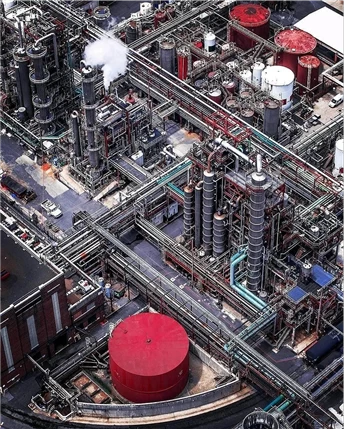
(2) Catalytic cracking
Catalytic cracking is the main process for processing heavy oil (such as residual oil) into light oil (gasoline, kerosene, diesel) in the presence of a catalyst, and is the main secondary processing method in the refining process. It is a chemical processing process.
Generally, only 10-40% of gasoline can be obtained from crude oil after atmospheric and vacuum distillation, such as kerosene and diesel oil, and the rest is heavy distillate oil and residual oil. If you want to get more light oil products, you must perform secondary processing on heavy distillates and residual oil. Catalytic cracking is the most commonly used process for producing gasoline and diesel. Gasoline and diesel are mainly produced through this process. This is also the most important production link for general petroleum refining companies.
raw material:
About 70% of residual oil and wax oil, catalytic cracking generally uses vacuum distillate and coking wax oil as raw materials, but as crude oil is getting heavier and the demand for light oil is increasing, most petrochemical companies start Add vacuum residue to the raw material, and even directly use atmospheric residue as raw material for refining.
product:
Gasoline, diesel, oil slurry (heavy distillate oil), liquid propylene, liquefied petroleum gas; each accounted for 42% of gasoline, 21.5% of diesel, 5.8% of propylene, 8% of liquefied gas, and 12% of oil slurry.
Production Process:
The normal residue and wax oil pass through the raw oil buffer tank into the riser, settler, and regenerator to form oil and gas, and enter the fractionation tower.
Part of the oil and gas enters the crude gasoline tower, absorption tower, and air compressor into the condensing oil tank, passes through the reabsorption tower, stabilization tower, and finally refined gasoline to produce gasoline.
Part of the oil and gas passes through the fractionation tower and enters the diesel stripper, and then refines the diesel to produce diesel. Part of the oil and gas enters the oil slurry cycle through the fractionation tower, and finally produces oil slurry.
Part of the oil and gas enters the liquid hydrocarbon buffer tank through the fractionation tower, passes through the desulfurization adsorption tank, sand filter tower, water washing tank, desulfurization extraction tower, pre-alkali washing tank, amine recovery device, desulfurization extraction tower, buffer tower, and finally enters the liquid Hydrocarbon tank to form liquefied gas.
Part of the oil and gas passes through the liquid hydrocarbon buffer tank into the de-propanizer, reflux tower, de-ethanizer, refined propylene tower, and reflux tank, and finally enters the spherical tank in the propylene area to form liquid propylene. The liquid propylene is further processed in the polypropylene workshop to produce polypropylene.
(3) Delayed coking
Coking uses hydrogen-depleted heavy residual oil (such as vacuum residual oil, cracked residual oil and asphalt, etc.) as raw materials to conduct deep thermal cracking reactions at high temperatures (400-500°C). Through the cracking reaction, a part of the residual oil is converted into gaseous hydrocarbons and light oil; due to the condensation reaction, another part of the residual oil is converted into coke. On the one hand, because the raw materials are heavy and contain a considerable amount of aromatic hydrocarbons, on the other hand, the reaction conditions for coking are more severe, so the condensation reaction accounts for a large proportion and produces more coke.
Coking (referred to as coking) is a deep thermal cracking process, and it is also one of the means to treat residual oil. It is the only technological process that can produce petroleum coke and cannot be replaced by any other process. In particular, the special needs of certain industries for high-quality petroleum coke have caused the coking process to always occupy an important position in the refining industry.
raw material:
Delayed coking and catalytic cracking are similar decarburization processes to change the hydrocarbon ratio of petroleum. The raw materials for delayed coking can be heavy oil, residual oil or even asphalt, and the quality requirements of the raw materials are relatively low. The main conversion process of residual oil is delayed coking and hydrocracking.
product:
The main products are wax oil, diesel, coke, naphtha and some gases. The respective proportions are: wax oil accounts for 23-33%, diesel 22-29%, coke 15-25%, naphtha 8-16%, 7-10% gas, 1-3% oil rejection.
Production Process:
The production process of the delayed coking unit is divided into two parts: coking and decoking. Coking is a continuous operation, and decoking is an intermittent operation. Since industrial plants generally have two or four coke towers, the entire production process is still continuous operation.
·The crude oil is preheated, and the coking raw material (vacuum residue) first enters the raw material buffer tank, and then is pumped into the convection section of the heating furnace to be heated to about 340~350 ℃.
·The preheated crude oil enters the bottom of the fractionation tower and exchanges heat with the oil and gas produced by the coke tower in the fractionation tower (the temperature at the bottom of the tower does not exceed 400°C).
·The feed oil and circulating oil are pumped out from the bottom of the fractionation tower together, pumped into the radiant section of the heating furnace with a hot oil pump, heated to the temperature required for the coking reaction (about 500 ℃), and then enter the coke tower from the bottom through the four-way valve to carry out the coking reaction .
·The raw material reacts in the coke tower to form coke and accumulates in the coke tower. The oil and gas enter the fractionation tower from the top of the coke tower. After heat exchange with the raw oil, the gas, gasoline, diesel and wax oil are obtained through fractionation. The circulating oil at the bottom of the tower and the raw materials undergo coking reaction together.
(4) Hydrocracking
Hydrocracking is a hydrogenation route in the petroleum processing process. It is to add hydrogen from the outside in the presence of a catalyst to increase the hydrogen to carbon ratio of the oil.
Hydrocracking is essentially an organic combination of hydrogenation and catalytic cracking. On the one hand, it can convert heavy oils into light oils such as gasoline, kerosene and diesel through cracking reactions. On the other hand, it can prevent the same as catalytic cracking. A large amount of coke is produced, and the sulfur, chlorine, and oxygen compound impurities in the raw material can be removed by hydrogenation to saturate the olefin.
The basic principle of heavy oil lightening is to change the relative molecular mass and hydrogen-carbon ratio of oil products, and the relative molecular mass and hydrogen-carbon ratio are often changed simultaneously. There are two ways to change the hydrogen-carbon ratio of oil products, one is decarbonization and the other is hydrogenation.
Raw material: heavy oil, etc.
Product: light oil (gasoline, kerosene, diesel or raw material for catalytic cracking, cracking to olefin)
Production Process:
According to the different state of the catalyst in the reactor, it can be divided into fixed bed, boiling bed and suspended bed.
(1) Fixed bed hydrocracking
The fixed bed means that the granular catalyst is placed in the reactor to form a static catalyst bed. The feed oil and hydrogen enter the reaction system after being heated and pressure increased to reach the reaction conditions, and then undergo hydrorefining to remove sulfur, nitrogen, oxygen impurities and diolefins, and then undergo hydrocracking reaction. After the reaction product is cooled, separated, depressurized and fractionated, the target product is sent out of the device, and the gas with higher hydrogen content (80%, 90%) is separated and used as circulating hydrogen.
Unconverted oil (called tail oil) can be partially recycled, fully recycled or not recycled at one time.
(2) Fluidized bed hydrocracking
The fluidized bed (also called expanded bed) process is to use the fluid flow rate to drive a catalyst with a certain particle size to form a gas, liquid, and solid three-phase bed, so that hydrogen, feed oil and catalyst are fully contacted to complete the hydrogenation reaction process .
The fluidized bed process can process raw materials with high metal content and carbon residue value (such as vacuum residue). And it can deeply convert heavy oil; but the reaction temperature is higher, generally in the range of 400~450℃.
This kind of process is relatively complicated and has not been industrialized in China.
(3) Suspended bed (slurry bed) hydrogenation process
The suspended bed process is a hydrogenation process that has regained attention in order to adapt to very inferior raw materials. The principle is similar to that of a fluidized bed. The basic process is to pre-mix the fine powder catalyst with the raw materials, and then enter the reactor with hydrogen to flow from bottom to top. The catalyst is suspended in the liquid phase for hydrocracking reaction. The reaction products flow out from the top of the reactor together.
The device can process various heavy crude oil and ordinary crude oil residue, but the device investment is large. The process is still in the research and development stage in China.
(5) Solvent deasphalting
Solvent deasphalting is a petroleum refining process for processing heavy oil. The process takes heavy oil such as vacuum residue as raw material and uses hydrocarbons such as propane and butane as a solvent for extraction. The extract is deasphalted oil It can be used as a raw material for heavy lubricating oil or cracking, and the deoiled asphalt from the raffinate can be used as road asphalt or other purposes.
Solvent deasphalting is a pretreatment process of inferior residual oil. The extraction method is a petroleum product refining process that removes gums and asphalt from the vacuum residue (sometimes also from atmospheric residue) obtained by distillation of crude oil to prepare deasphalted oil while producing petroleum asphalt.
Raw material: heavy oil such as vacuum residue or atmospheric residue
Product: Deasphalted oil, etc.
Production Process:
Including extraction and solvent recovery. The extraction part generally adopts one-stage extraction process, but also can adopt two-stage extraction process.
Asphalt and heavy deasphalted oil solutions contain less propane. One-time evaporation and stripping are used to recover propane. Light deasphalted oil solutions contain more propane. Use multi-effect evaporation and stripping or critical recovery and stripping to recover propane to reduce Energy consumption.
The critical recovery process uses the properties of propane that is close to the critical temperature and slightly higher than the critical pressure (the critical temperature of propane is 96.8°C, the critical pressure is 4.2MPa), the solubility of oil is close to the minimum and its density is also close to the minimum. , So that the light deasphalted oil and most of the propane are settled and separated in the critical tower, thereby avoiding the evaporation and condensation process of propane, thereby reducing energy consumption.
(6) Hydrorefining
The hydrorefining process is a general term for the catalytic upgrading of various oil products under hydrogen pressure. It refers to the hydrogenolysis reaction of various non-hydrocarbon compounds in oil products under certain conditions of temperature and pressure, catalyst and hydrogen, and then removed from the oil products to achieve the purpose of refined oil products.
Hydrorefining is mainly used for the refining of oil products, and its main purpose is to improve the performance of oil products through refining.
Hydrorefining generally refers to the reprocessing of certain petroleum products that cannot meet the requirements of use through a hydrogenation process to achieve the specified performance indicators.
Raw materials: gasoline, diesel, kerosene, lubricating oil, petroleum wax, etc. containing more harmful impurities such as sulfur, oxygen, and nitrogen.
Products: refined and upgraded gasoline, diesel, kerosene, lubricating oil, petroleum wax and other products.
Production Process:
The process flow of hydrorefining generally includes three parts: reaction system, generated oil heat exchange, cooling, separation system and circulating hydrogen system.
Reaction system
After the feedstock oil is mixed with fresh hydrogen and circulating hydrogen and exchanges heat with the reaction product, it enters the heating furnace in a gas-liquid mixed phase (this method is called pre-furnace hydrogen mixing), and is heated to the reaction temperature and enters the reactor.
The feed to the reactor can be gas phase (when refined gasoline) or mixed phase (when refined diesel or oil heavier than diesel). The catalyst in the reactor is generally packed in layers to facilitate the injection of cold hydrogen to control the reaction temperature. The mixture of circulating hydrogen and oil passes through each stage of the catalyst bed for hydrogenation reaction.
Generate oil heat exchange, cooling and separation system
The reaction product comes out from the bottom of the reactor and enters the high-pressure separator after heat exchange and cooling.
Before the cooler, high-pressure washing water is injected into the product to dissolve the ammonia and part of the hydrogen sulfide generated by the reaction.
The reaction product is separated from oil and gas in a high-pressure separator. The separated gas is circulating hydrogen. In addition to the main component hydrogen, there are a small amount of gaseous hydrocarbons (non-condensable gas) and hydrogen sulfide not dissolved in water; the separated liquid The product is hydrogenated oil, in which a small amount of gaseous hydrocarbons and hydrogen sulfide are also dissolved;
After decompression, the generated oil enters the low-pressure separator to further separate gaseous hydrocarbons and other components, and the product is separated into qualified products by the fractionation system.
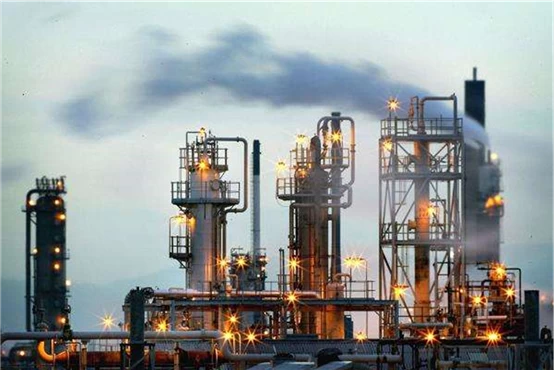
Circulating hydrogen system
After the circulating hydrogen separated from the high-pressure separator passes through the storage tank and the circulating hydrogen compressor, a small part (about 30%) directly enters the reactor as cold hydrogen, and most of the rest is sent to be mixed with the feed oil and recycled in the device. In order to ensure the purity of circulating hydrogen and avoid the accumulation of hydrogen sulfide in the system, a hydrogen sulfide recovery system is commonly used. Generally, ethanolamine is used to absorb and remove hydrogen sulfide, and the rich liquid (absorption liquid) is regenerated and recycled. The desorbed hydrogen sulfide is sent to the sulfur production unit to recover sulfur, and the purified hydrogen is recycled for use.
(7) Catalytic reforming
Reforming: The rearrangement of hydrocarbon molecules into a new molecular structure.
Catalytic reforming unit: use straight-run gasoline (i.e. naphtha) or a mixture of secondary processed gasoline as raw materials, undergo dehydrocyclization, hydrocracking and isomerization under the action of a catalyst (platinum or polymetallic) The main purpose is to produce C6~C9 aromatic products or high-octane gasoline, and use reforming by-product hydrogen for thermal cracking and delayed coking of secondary processing. Hydrogenation of gasoline or diesel oil.
Raw material: naphtha (light gasoline, chemical light oil, stabilized light oil), which is generally produced in oil refineries, and sometimes the product can be produced at the stabilization station of the oil production plant. Good quality naphtha has low sulfur content and the color is close to colorless.
Products: high-octane gasoline, benzene, toluene, xylene and other products (these products are the main raw materials for the production of synthetic plastics, synthetic rubber, synthetic fibers, etc.), and a large amount of by-product hydrogen.
Production Process:
According to the basic principles of catalytic reforming, a complete set of reforming industrial equipment mostly includes two parts: raw material pretreatment and catalytic reforming. The reformer for the purpose of producing aromatics also includes two parts: aromatics extraction and aromatics rectification.
Raw material pretreatment
The raw material is cut into a distillation range suitable for reforming requirements and impurities harmful to the catalyst are removed.
Pretreatment includes three parts: pre-arsenic removal, pre-fractionation, and pre-hydrogenation.
Catalytic reforming
Catalytic reforming is the use of multi-metal (platinum rhenium, platinum iridium, platinum tin) catalysts in the pretreated refined oil to rearrange the raw oil molecules under certain temperature and pressure conditions to produce naphthenic dehydrogenation and aromatics The main reactions such as chemical conversion and isomerization are aimed at increasing the production of aromatics or increasing the octane value of gasoline.
The reaction system processes widely used in industrial reformers can be divided into two categories: fixed-bed reactor semi-regenerative process and moving bed reactor continuous regenerative process.
As a valve manufacturer cowinns's Viton lined butterfly valve supplied to Shell.
 +86 512 68781993
+86 512 68781993 
